Early Records of the Kimono in Japanese History
A journey through centuries of Japanese cultural tradition, from imperial courts to modern Kyoto
When most people think of Japan, one of the first images that comes to mind is the elegant kimono. This traditional garment, with its flowing sleeves and intricate patterns, has become one of the most recognizable cultural symbols of the country. But the history of the kimono is far deeper and older than the modern tourist experience of wearing it for photos in Kyoto’s streets.
In this article, we’ll explore the early records of the kimono in Japanese history, how it developed through the centuries, and why Kyoto remains the heart of kimono culture even today.
The Origins of the Kimono
The earliest versions of the kimono date back to the Heian period (794–1185), when Japan’s imperial court was located in Kyoto. At that time, garments were heavily influenced by Chinese styles, especially those from the Tang dynasty. Robes were layered in complex arrangements known as jūnihitoe (literally “twelve-layer robe”).
- The jūnihitoe was worn by aristocratic women and reflected their rank, taste, and even seasonal aesthetics.
- Men of the court wore simpler robes, but still with long, flowing designs that foreshadowed the kimono.
- It was during this period that clothing began shifting toward what we now recognize as early kimono prototypes.
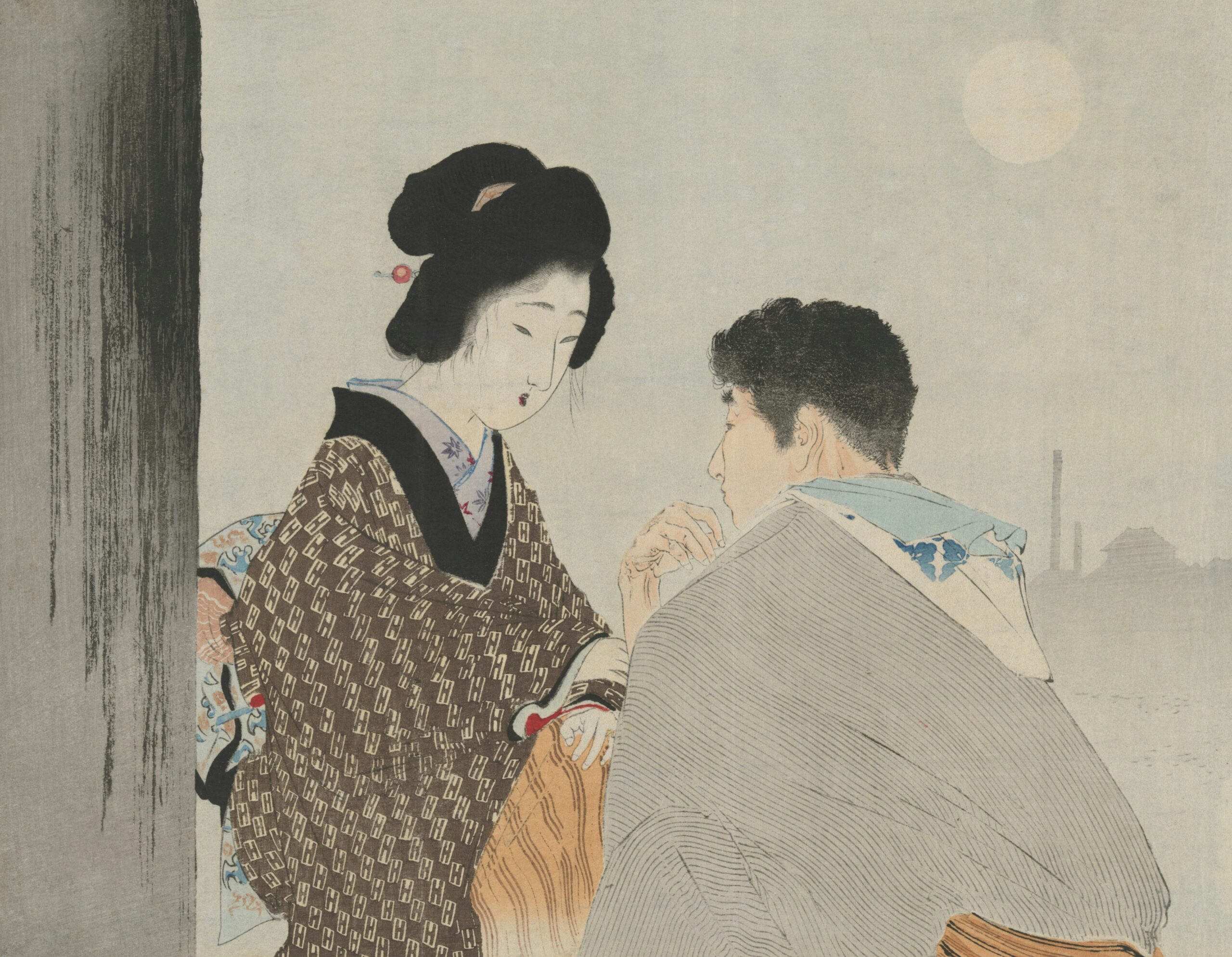
🎎
From Functional to Symbolic
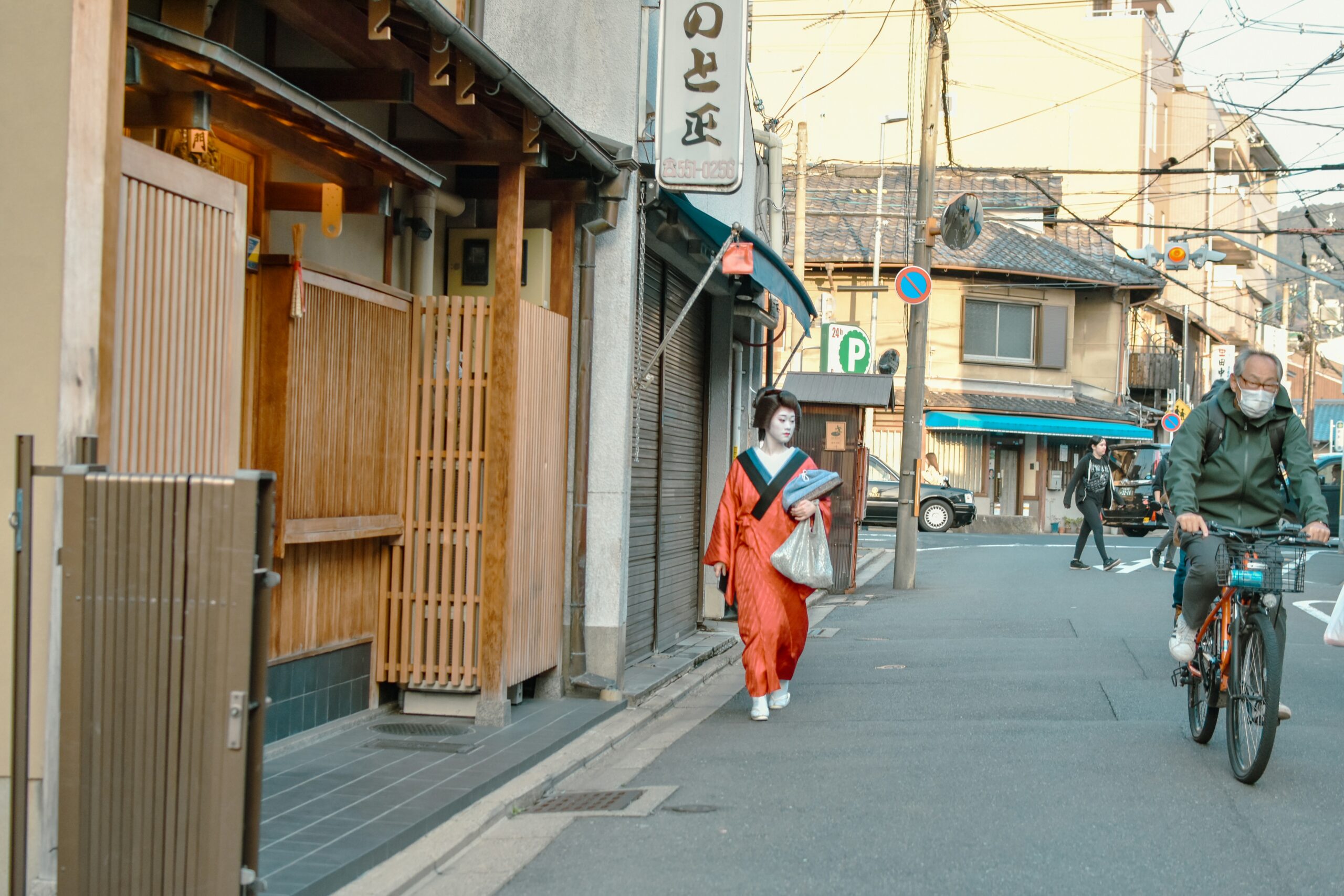
By the Kamakura (1185–1333) and Muromachi (1336–1573) periods, Japanese society had shifted under the rule of the samurai class. Clothing adapted to the needs of warriors and common people alike:
- The kosode, a predecessor of the kimono, became widely worn. It was simpler, with smaller sleeves, making it practical for everyday life.
- Samurai used kosode as undergarments beneath their armor, but also as casual wear in private life.
- The garment began to carry symbolic meanings—colors, patterns, and family crests (kamon) indicated allegiance and social identity.
By this time, the kimono was more than just clothing—it was cultural communication.
🌸
Kyoto: The Eternal Capital of Kimono
Kyoto, as the imperial capital for over a thousand years, became the epicenter of cultural refinement. The city was not only home to the aristocracy but also to highly skilled artisans who perfected weaving, dyeing, and embroidery techniques.
Even today, Kyoto is associated with:
- Nishijin weaving, a sophisticated textile tradition that produces some of the most luxurious kimono fabrics.
- Geisha and maiko culture, where young women continue to wear kimonos daily as part of their profession.
- Seasonal festivals, like Gion Matsuri, where locals wear kimonos to celebrate traditions that date back centuries.
This is why when visitors travel to Japan and wish to experience kimono culture authentically, Kyoto is the place to go.

Samurai and the Kimono
Samurai, often remembered for their armor and swords, also had a strong relationship with the kimono. Early records describe them wearing kosode and hakama (pleated trousers) during daily life.
Formal occasions:
Samurai wore richly decorated kimonos with kamon (family crests) to display loyalty and honor.
Casual life:
They used simpler cotton kimonos for leisure and training.
Death rituals:
Samurai sometimes chose to die in their family kimono, symbolizing their eternal identity.
This intersection of practicality and symbolism shows how deeply the kimono was integrated into every aspect of Japanese life.👘
Women and the Evolution of Style
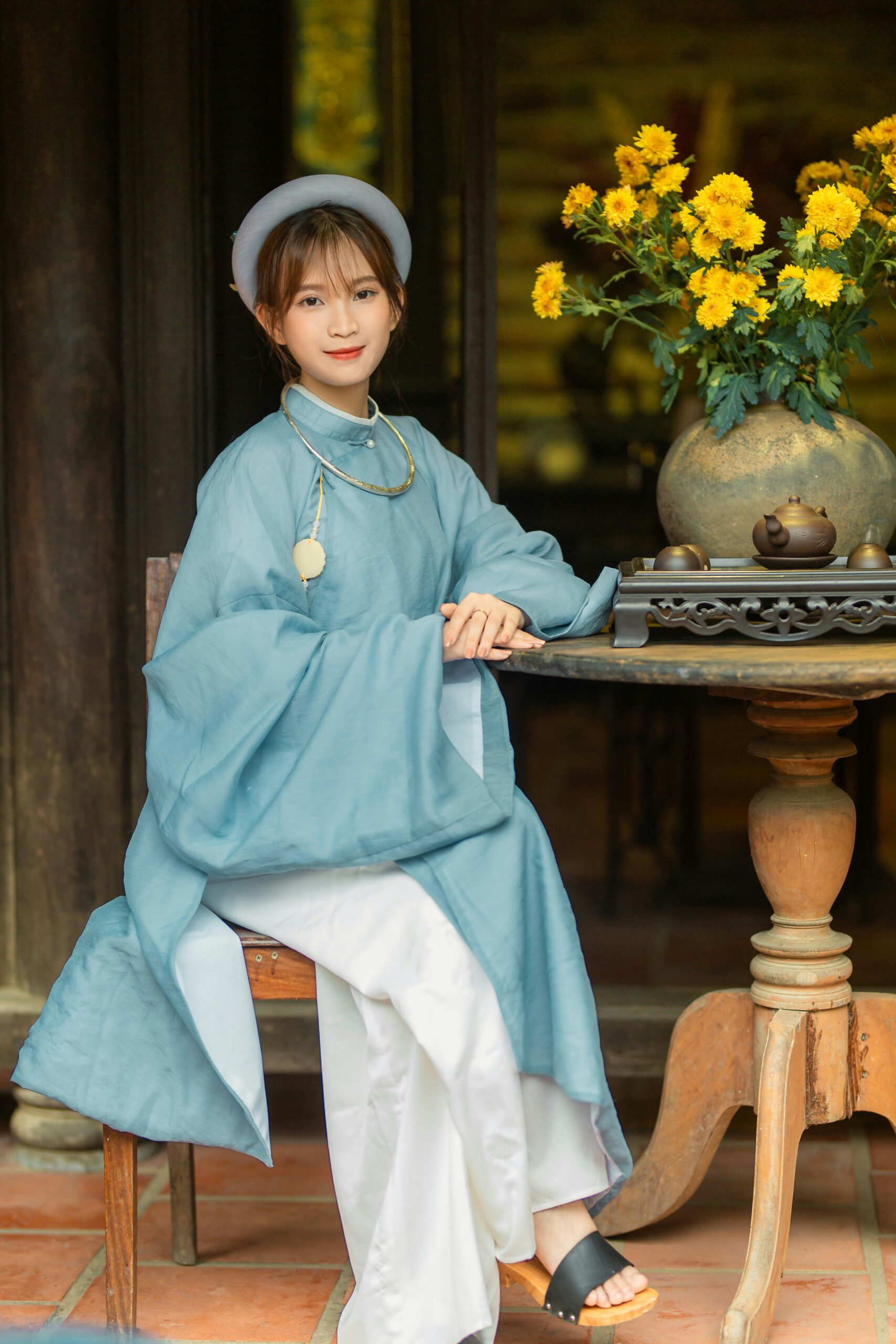
Women’s kimonos evolved significantly over time. By the Edo period (1603–1868), fashion became an essential cultural expression. Kyoto’s merchant class helped spread extravagant designs, as merchants were forbidden to display wealth through houses or carriages, but their wives’ kimonos could silently express prosperity.
- Bright silks, gold embroidery, and unique dyeing methods turned the kimono into a status symbol.
- Each season brought specific motifs: cherry blossoms for spring, maple leaves for autumn, cranes for longevity.
- Women expressed individuality and even defiance through subtle changes in patterns and obi (sash) styles.
The kimono became both personal expression and cultural identity.🎨
The Kimono as an Art Form
Over time, the kimono transformed into more than clothing—it became wearable art. Some early records mention artisans dedicating entire lifetimes to perfect a single dyeing technique. Kyoto’s Nishijin district remains one of the most respected centers of textile art worldwide.
Even museums today preserve ancient kimonos as masterpieces, equal to sculptures and paintings.
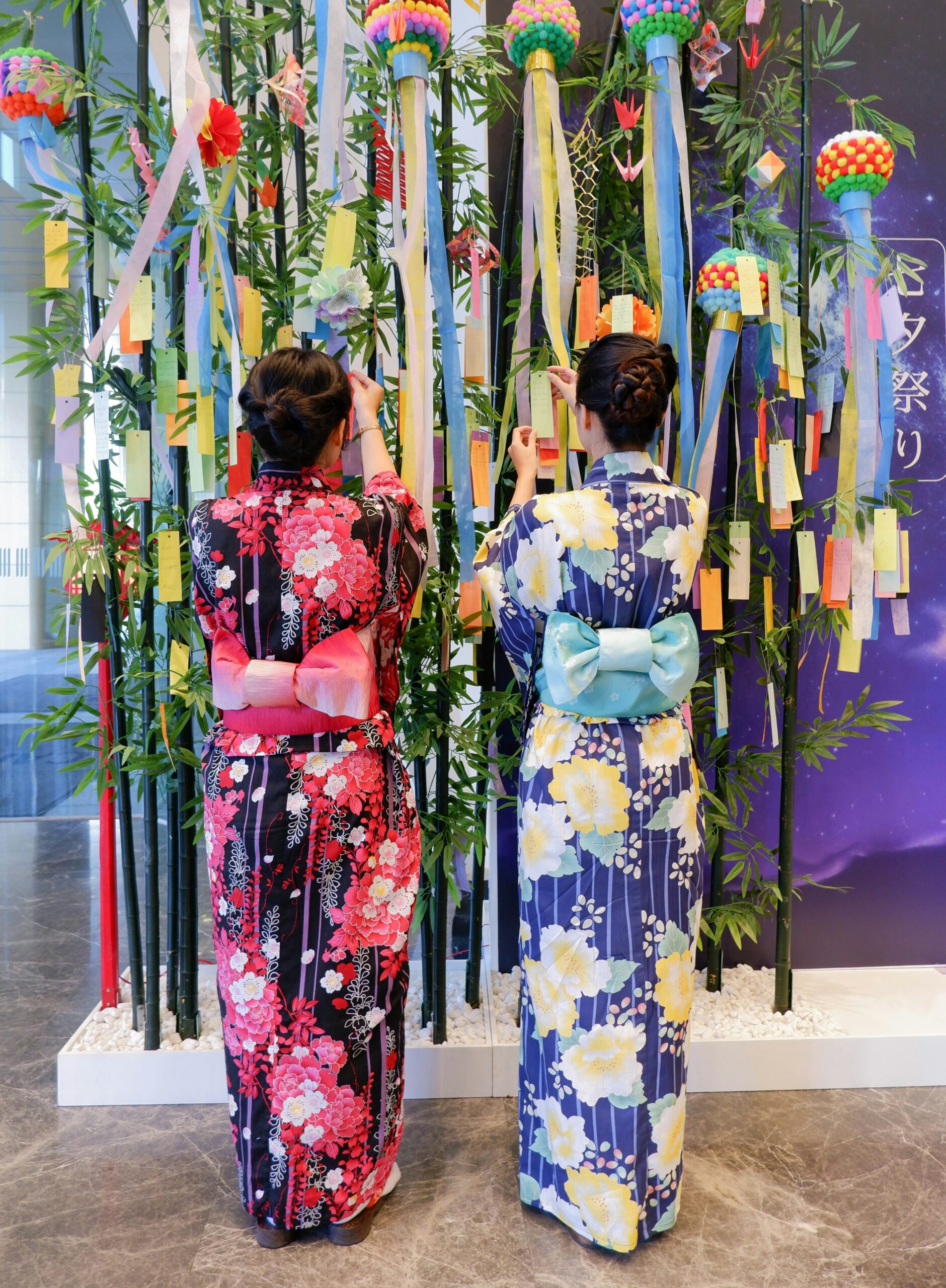
Experiencing Kimono Culture in Modern Kyoto
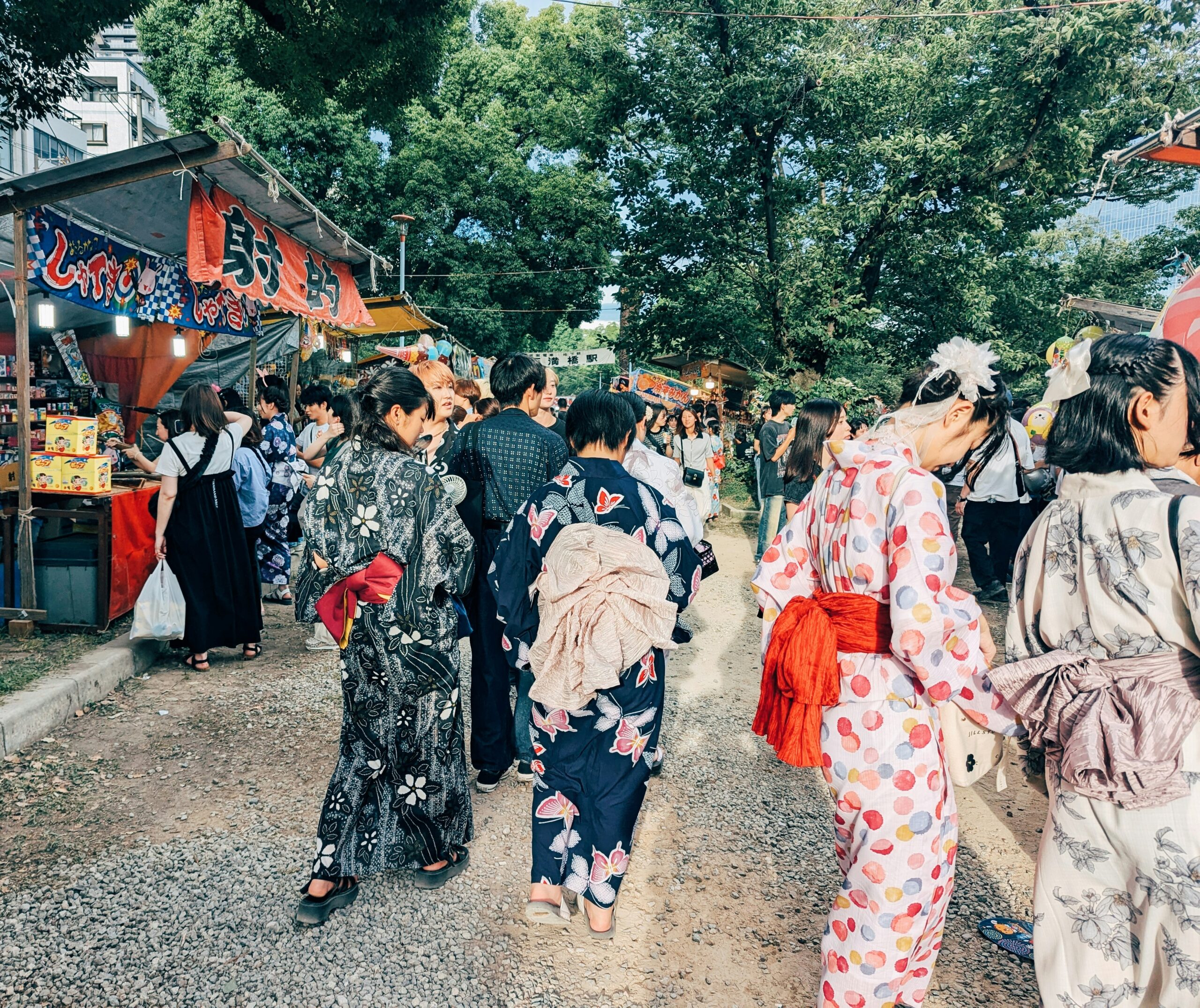
For travelers today, experiencing the kimono is not limited to museums or books. Kyoto offers countless opportunities to wear, learn, and photograph this timeless garment.
- Kimono rentals allow tourists to explore Gion or Kiyomizu-dera dressed in traditional clothing.
- Professional photoshoots capture the experience with stunning backdrops of Kyoto’s temples and streets.
- Workshops teach visitors about weaving, dyeing, and even the proper etiquette of wearing a kimono.
If you want to connect with Japanese history in a tangible way, there is no better place than Kyoto.🌏
The Kimono’s Legacy Beyond Japan
The influence of the kimono has traveled worldwide. Early European travelers to Japan brought back accounts of these elegant garments, inspiring fashion designers across centuries. Even modern haute couture has borrowed kimono silhouettes, fabrics, and motifs.
Yet, despite this global impact, the most authentic experience remains in Kyoto, where tradition has been carefully preserved.
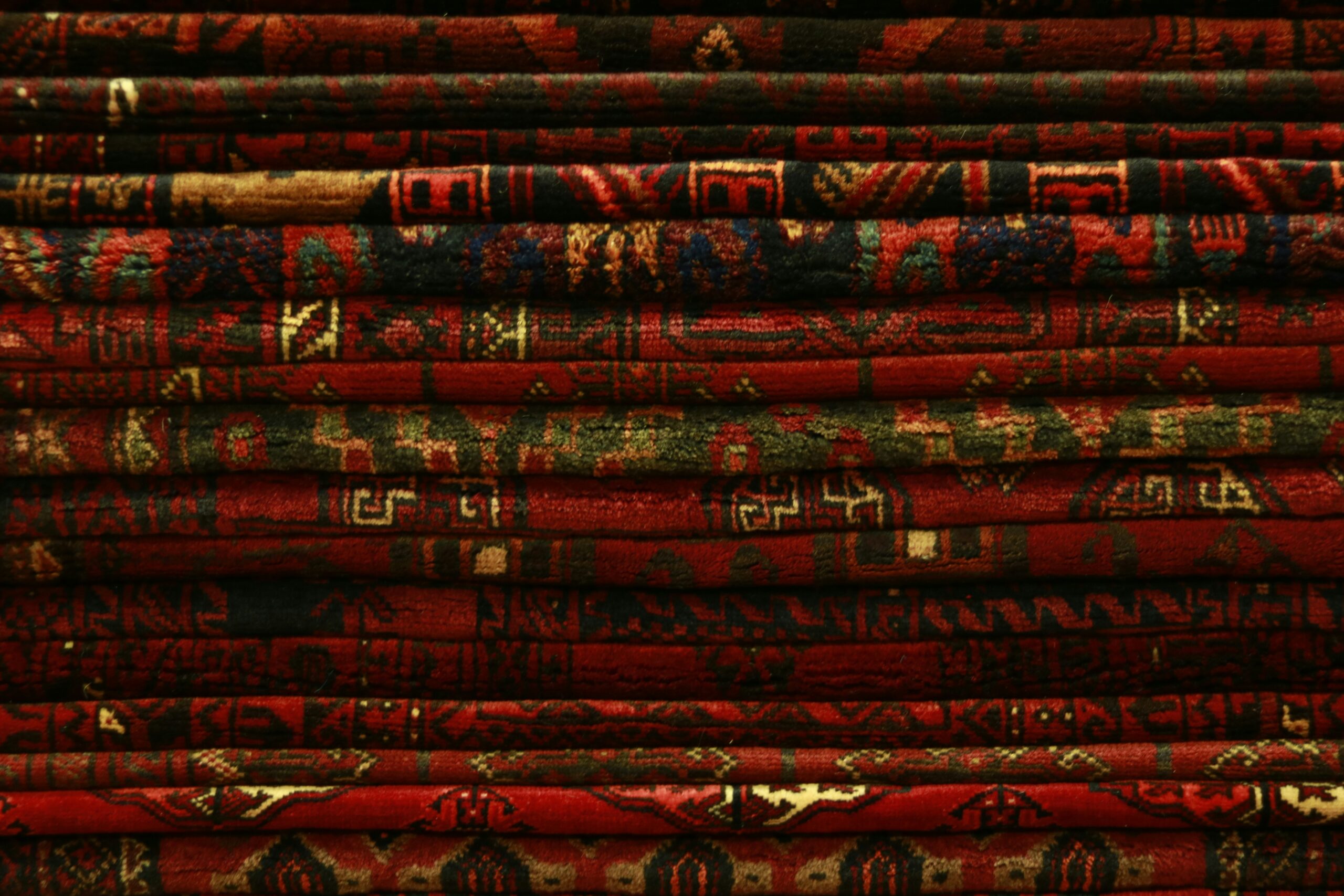
Conclusion
The early records of the kimono in Japanese history reveal much more than just a story about clothing. They tell us about social hierarchies, symbolism, art, and identity.
From the Heian aristocracy to the samurai, from Kyoto’s geisha districts to modern photography experiences, the kimono continues to embody the soul of Japan.
So, when you walk the streets of Kyoto dressed in a kimono, you are not just wearing a costume—you are living history.


コメント